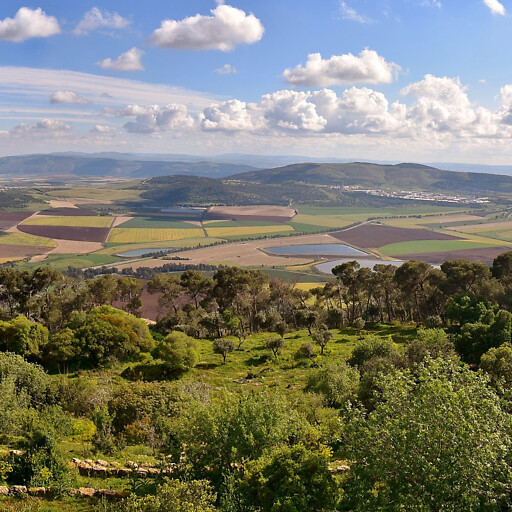Places in the Bible Today:
Canaan
Data
| Translated Names | Beautiful Land, Canaan, Canaanite, Canaanites, Chanaan, Gentile, Glorious Land, Phoenicia, Phoenician |
|---|---|
| Type | region |
| Geo Data |
KML (for Google Earth) GeoJSON (for GIS applications) |
1 Identification
Verses (101)
- Gen-Deut (63)
- Gen 10:19, 11:31, 12:5, 12:10, 13:12, 16:3, 17:8, 23:2, 23:19, 28:1, 28:6, 28:8, 31:18, 33:18, 35:6, 36:2, 36:5, 36:6, 37:1, 42:5, 42:7, 42:13, 42:29, 42:32, 43:1, 44:8, 45:17, 45:25, 46:6, 46:12, 46:31, 47:1, 47:4, 47:13, 47:14, 47:15, 48:3, 48:4, 48:7, 48:21, 49:30, 50:5, 50:13
- Exod 6:4, 15:15, 16:35
- Lev 14:34, 18:3, 25:38
- Num 13:2, 13:17, 26:19, 32:30, 32:32, 33:40, 33:51, 34:2, 34:29, 35:10, 35:14
- Deut 1:7, 2:12, 32:49
- Josh-Ruth (17)
- Josh 5:12, 11:3, 14:1, 14:7, 14:9, 21:2, 22:9, 22:10, 22:11, 22:32, 24:3
- Judg 3:1, 4:2, 4:23, 4:24, 5:19, 21:12
- 1Sam-Esth (2)
- 1Chr 16:18, 16:19
- Job-Mal (16)
- Ps 105:11, 105:12, 105:16, 106:38, 135:11
- Isa 19:18, 23:11
- Ezek 16:3, 16:29, 17:4
- Dan 8:9, 11:16, 11:41
- Obad 20
- Zeph 1:11, 2:5
- Matt-John (1)
- Matt 15:22
- Acts-Rev (2)
- Acts 7:11, 13:19
Linked Data Identifiers
| Source | Identifier |
|---|---|
| Biblemapper.com | 10000 |
| Logos Factbook | Canaan |
| OpenBible.info (2007) | Canaan |
| OpenBible.info | a581f0c (Canaan) |
| TIPNR | Canaan@Gen.10.18 |
| UBS Names Database | nt ID_1223 |
| Wikidata | Q163329 |
Sources
- Baker Book of Bible Charts, Maps, and Time Lines (2016)
- Carta Bible Atlas, 5th Edition (2011)
- ESV Bible Atlas (2010)
- HarperCollins Atlas of Bible History (2008)
- HarperCollins Concise Atlas of the Bible (1991)
- Holman Bible Atlas (1999)
- New Bible Atlas (1985)
- Oxford Bible Atlas, Fourth Edition (2007)
- Reader’s Digest Atlas of the Bible (1981)
- Schlegel, Satellite Bible Atlas (2016)
- Zondervan Atlas of the Bible (2010)
Image

Credit: Bahnfrend (modified)
About
This page identifies the current consensus around the modern location of this biblical place.
The isobands you see on the map (gray areas with dark borders) attempt to give you confidence where a region is. Because many ancient regions aren't precisely defined, I consulted atlases to determine where the biblical region is located and used that data to build the isobands. The smaller isobands reflect more confidence that the given isoband is in the region, while the larger isobands reflect less confidence. Isobands are a kind of contour line that here indicate confidence levels.
